Every March is National Nutrition Month, a time to think about celebrating, developing or recommitting to healthy eating habits. This year, the Academy of Nutrition and Dietetics, the organization that created this annual celebration, has focused the campaign on the USDAs MyPlate. Called Personalize Your Plate, it recognizes a philosophy that Oldways has long advocatedthat isone size doesn’t it all.
Mediterraneanizing Your Plate is a great choice for personalization. There are years of nutrition science behind the Mediterranean Diet; Mediterranean meals are delicious, easy to prepare, and can be affordable as well. As you personalize, here are some great Mediterranean foods to include on your Mediterranean plate!
The Healthy Pasta Meal
Pasta is a traditional Mediterranean product, enjoyed in many Mediterranean countries, not just Italy. Oldways has long focused on the healthy pasta meal, even developing Scientific Consensus Statements with help from nutrition scientists about it, and creating videos about reasons to love pasta.
To help consumers enjoy pasta even more, the National Pasta Association has a new program, Share the Pasta. To kick of this program, they conducted a consumer survey and discovered that where once there was strong anti-carb sentiment, consumers are now embracing pasta, indulging in it, and finding all its many benefits. Research shows that people who eat pasta have a better overall diet quality, getting significantly more of several essential nutrients like fiber, iron, folate, magnesium, and vitamin E, and significantly less saturated fat and added sugars. This is because pasta is a canvas for all of the nutritious components of a Mediterranean diet, such as vegetables, herbs, legumes, seafood, and traditional cheeses. And if you choose whole grain pasta, all the better!
Walnuts
Walnuts are nutritious and complement a wide range of flavors. They contain a significant amount of alpha-linolenic acid (ALA), the plant-based source of omega-3 fatty acids, and provide protein, too. Plus, they’re easy to and everywhere. Get into the habit of adding them to grain dishes, tossing them along with fresh herbs into salads, sprinkling them on pasta, grinding them to make delicious dips and spreads, and pairing them with vanilla, cloves, and cinnamon in desserts. It’s easy to transform not-so-healthy typical American meals into nutritious, great-tasting Mediterranean meals.
To give you more ideas about Mediterraneanizing with walnuts, the California Walnut Commission and Oldways collaborated on ideas for making five typical American meals more Mediterranean, using familiar foods and easy steps. Move over steak and potatoes, make room for Shish kebobs on a bed of bulgur and walnut pilaf!
Herbs and Spices
When Oldways updated the Mediterranean Diet Pyramid in 2008, the group of scientists who met made the recommendation (among others) that herbs and spices be added to it. Their reasoning First, herbs and spices give regional expression to Mediterranean cooking. In other words, herbs and spices can make a dish Greek or Turkish or Italian, depending upon the herbs and spices used. Furthermore, using herbs and spices can also reduce the need for a lot of added salt.
Technically, herbs are the leaves of the plant, while spices come from the roots, bark, and seeds. When it comes to seasoning food, herbs and spices often go hand-in-hand.
There can be no easier way to personalize your Mediterranean plate than experimenting with different herbs and spices. Common spices and herbs used in the Mediterranean include basil, bay leaf, black pepper, cloves, coriander, cumin, dill, fennel, garlic, lavender, marjoram, mint, oregano, parsley, paprika, rosemary, saffron, sage, savory, sumac, tarragon, thyme, and turmeric.
This list doesn’t include herbs and spices used in combination, such as
- Baharat (black pepper, coriander, cumin, cinnamon, cloves, cardamom, and paprika)
- Herbs de Provence (dried savory, thyme, basil, marjoram, parsley, oregano, tarragon, rosemary, and fennel)
- Ras el Hanout (a dozen spices, in different proportions, usually including cardamom, cumin, clove, cinnamon, nutmeg, mace, allspice, dry ginger, chili peppers, coriander seed, peppercorn, sweet and hot paprika, fenugreek, and dry turmeric)
- Za atar (mixture of sesame seeds, sumac, and herbs, often dried thyme and/or oregano), among others.
These combinations create complex flavor profiles, bringing even more interesting tastes to Mediterranean recipes.
Pulses
Personalizing with pulses brings together health, great taste and sustainability. Pulses are a food group that includes beans, peas, chickpeas and lentils. Naturally low in fat, pulses have among the highest protein content of all plant foods, and also contribute essential fiber, folate and antioxidants. As we learn more about the benefits of fiber-filled plant foods, it is easy to see why pulses are a central component in some of the healthiest cuisines around the globe. Due to their high nutrient content, pulses can hold their own on the center of the plate, or be showcases in a variety of sides, beverages or baked goods.
Pulses are central to the Mediterranean Diet, appearing in dips (hummus), soup (pasta e fagioli, minestrone), as well as many hearty entrees. A groundbreaking clinical trial of the Mediterranean Diet (Predimed) which included pulses at least 3 times per week, linked Mediterranean diets with lower risk of heart disease, stroke, type 2 diabetes, inflammation, and cognitive decline than a standard low fat control diet.
Pulses are a great choice for more sustainable, environmentally-friendly diets. They take much less land and fewer resources to raise than livestock; in fact, growing pulses requires ten times less water per food calorie than beef. Plus, there are no concerns with antibiotics or growth hormones as with animal protein. Finally, unlike most crops, pulses are actually able to help build soil fertility, by returning nitrogen back to the land.
Extra Virgin Olive Oil
No matter how you personalize the Mediterranean Diet, you’re going to need olive oil to bring all the foods and avors together in delicious Mediterranean dishes. As we wrote in The Oldways Table, olive oil has been the principal dietary fat of the Mediterranean peoples for millennia. In the last fifty (now sixty!) years, epidemiological studies (and clinical studies like the aforementioned Predimed) have revealed that Mediterranean people had healthier heart disease profiles than did populations with animal fats as their principal dietary fat.
Since olive trees are members of the plant kingdom, and their olives are fruits, olive oils contribute to the healthfulness of Mediterranean-type diets for two distinct reasons. The first, their fatty acid profile, which is monounsaturated, and the second, their numerous health-promoting micronutrients, such as phytonutrients and antioxidants are the reasons olive oil contribute to the healthfulness of the Mediterranean Diet.
In terms of practical matters, there are many and varied tastes and flavors of olive oils from the Mediterranean and other olive oil growing regions. The best tasting one for you is the one you like best. If you’re confused about cooking temperatures and olive oil, or have questions about authenticity and other related issues, the North American Olive Oil Association’s website can answer these questions. They’re also asking the FDA to establish a national standard for olive oil, and have a petition that consumers can sign, asking for clarity. Finally, if you’re confused about which olive oil to buy, check out Oldways video on the topic.
These are just a few ideas to help you make your own Mediterranean Plate. For more ideas, see this week’s Fresh Friday Recipes and take a look at our Mediterranean series of 12 Ways to Use a variety of wonderful Mediterranean foods.
Want biweekly Med Diet information and recipes in your Inbox Sign up for our Fresh Fridays newsletter by clicking the Subscribe button at the bottom of this page!
Join the Make Every Day Mediterranean Club Facebook group for additional information and support.


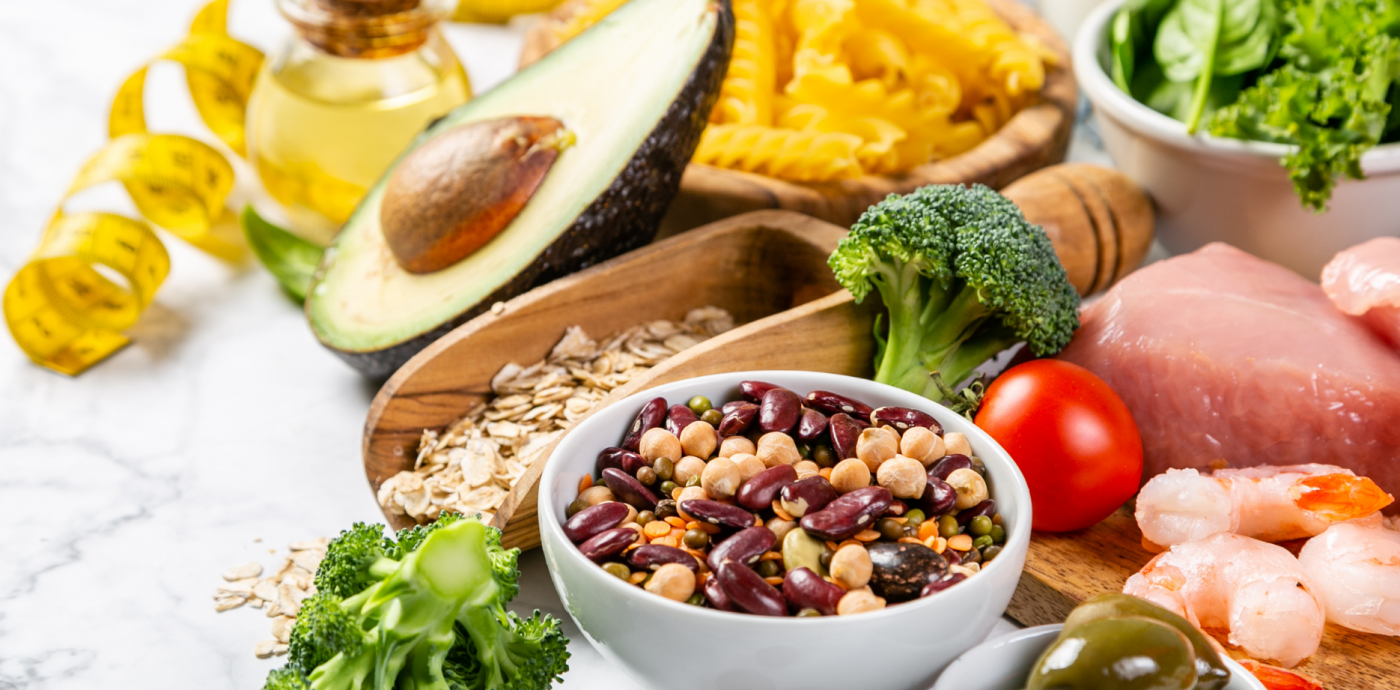
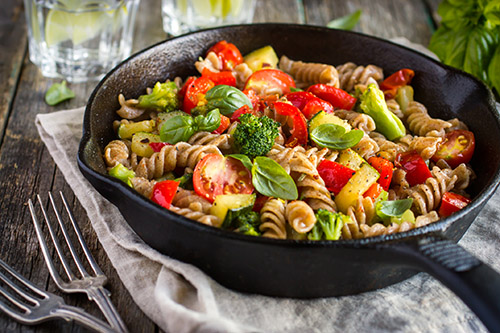
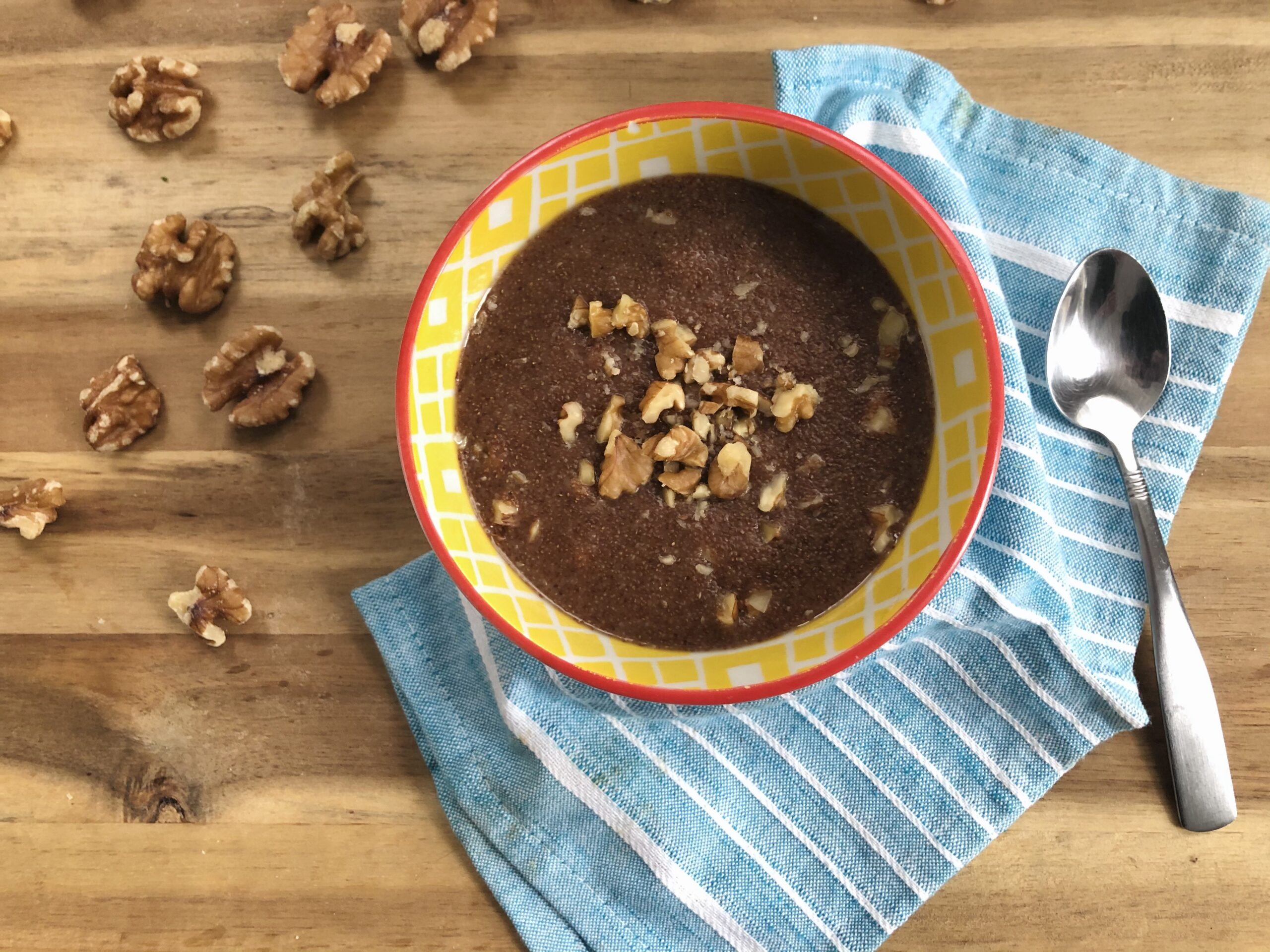
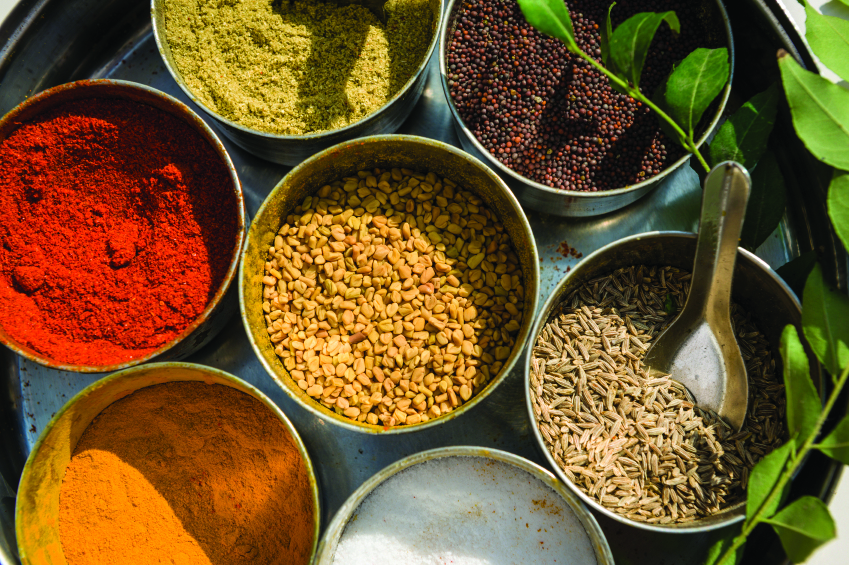
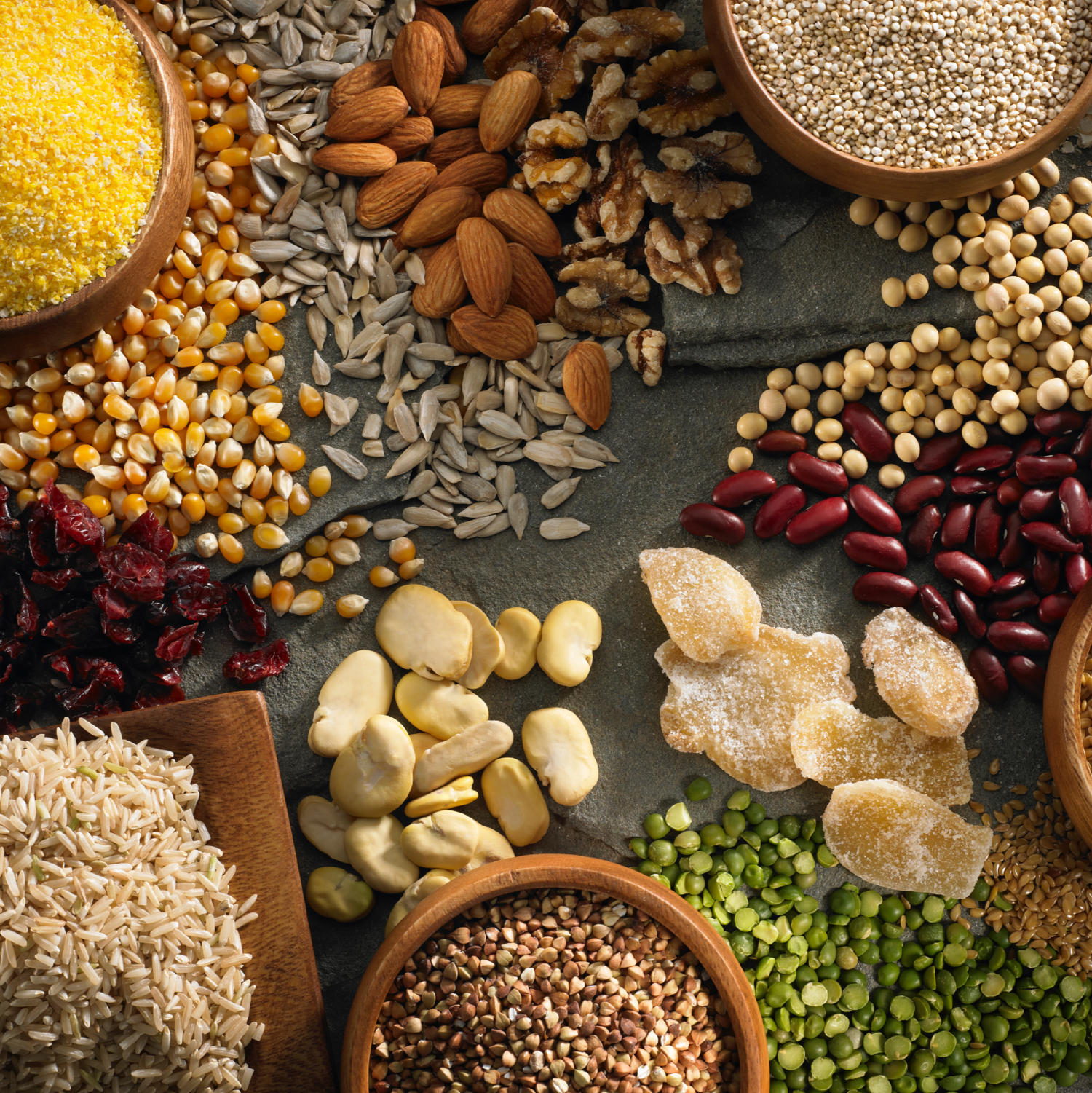
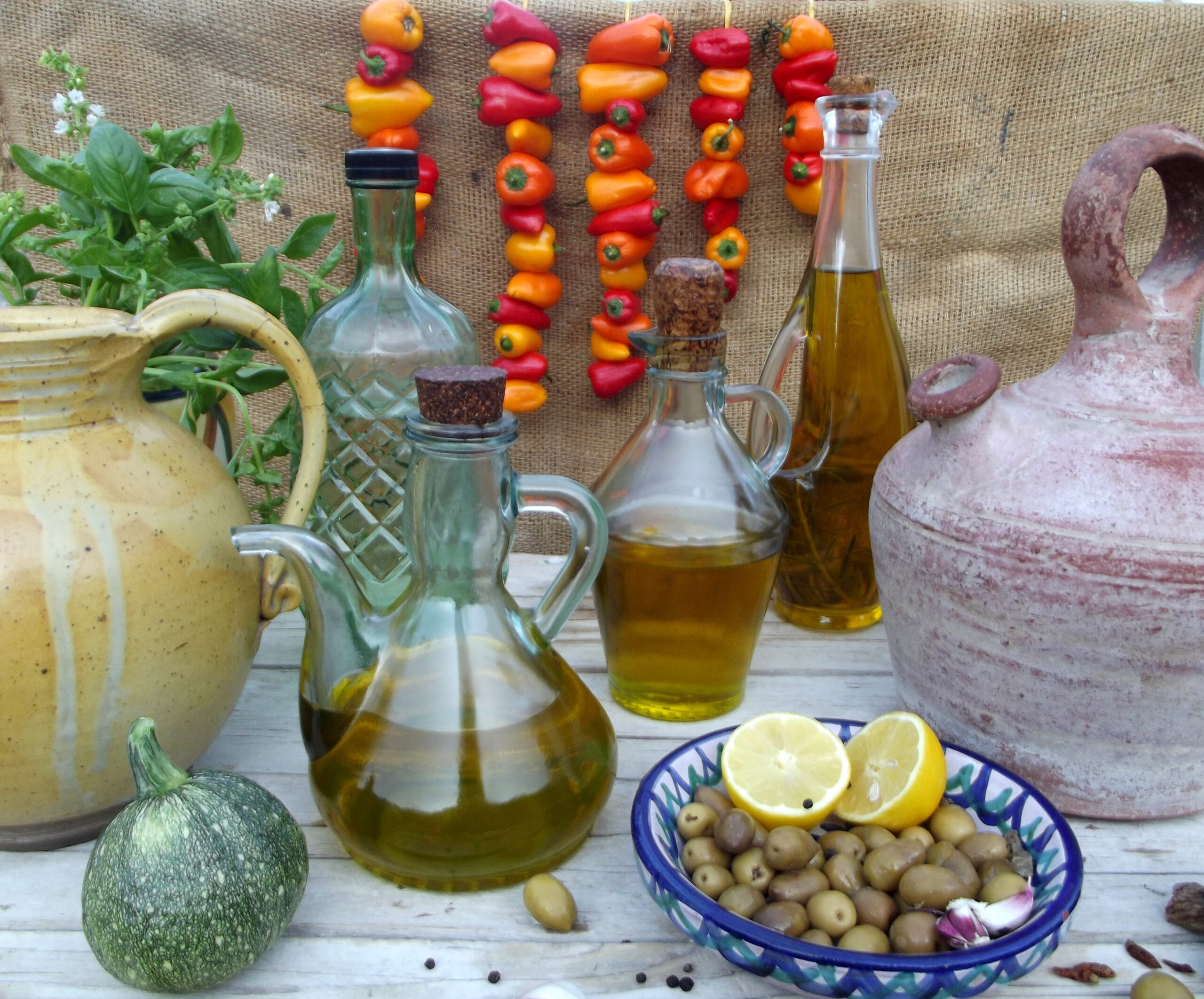




Leave a comment